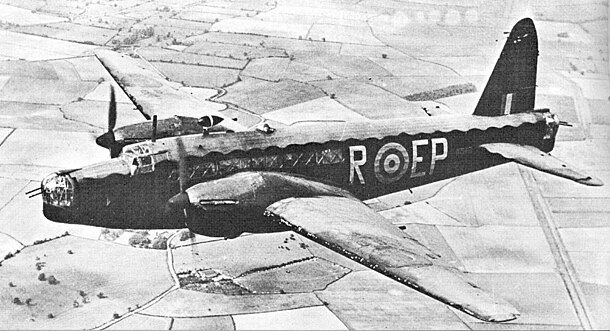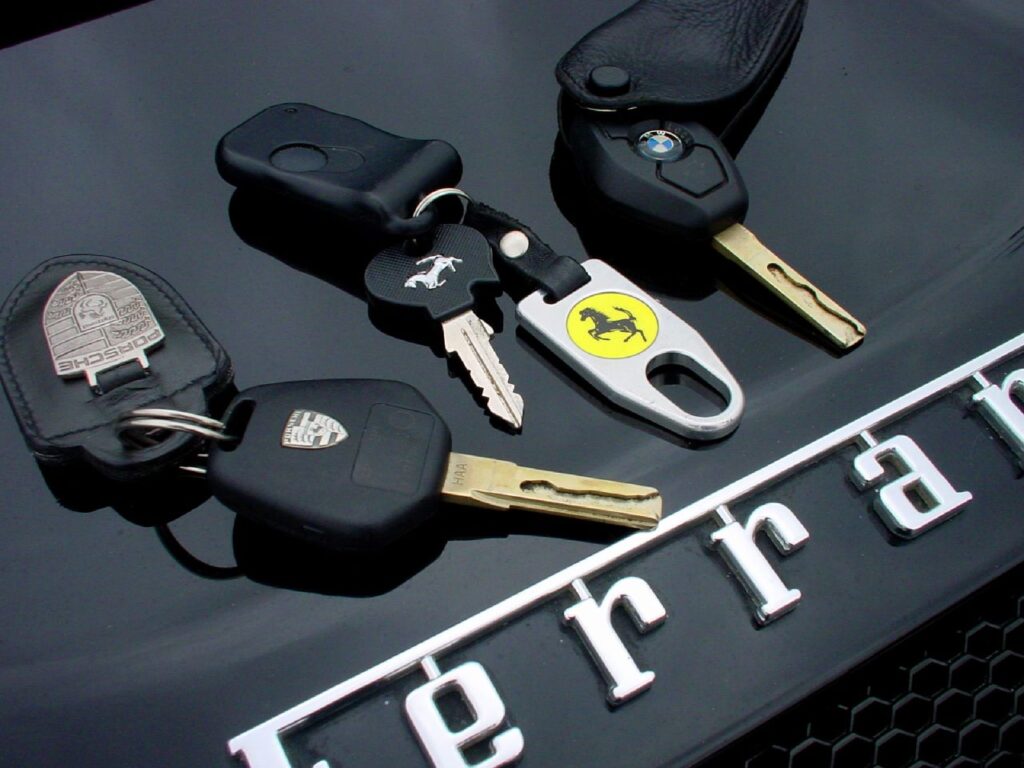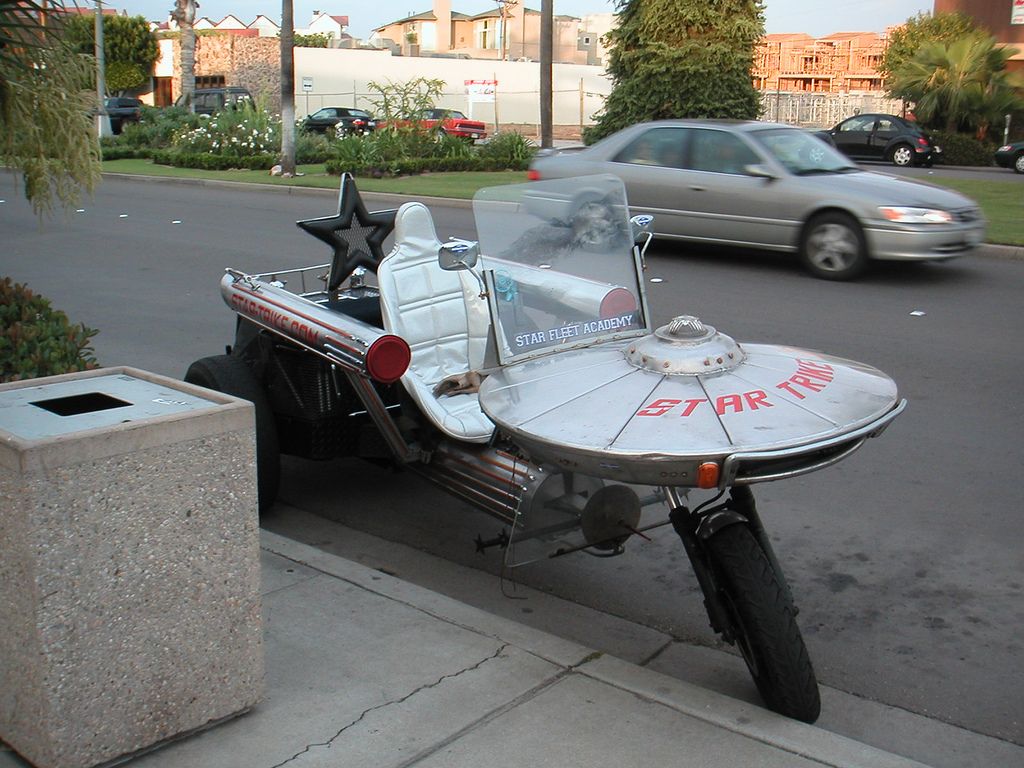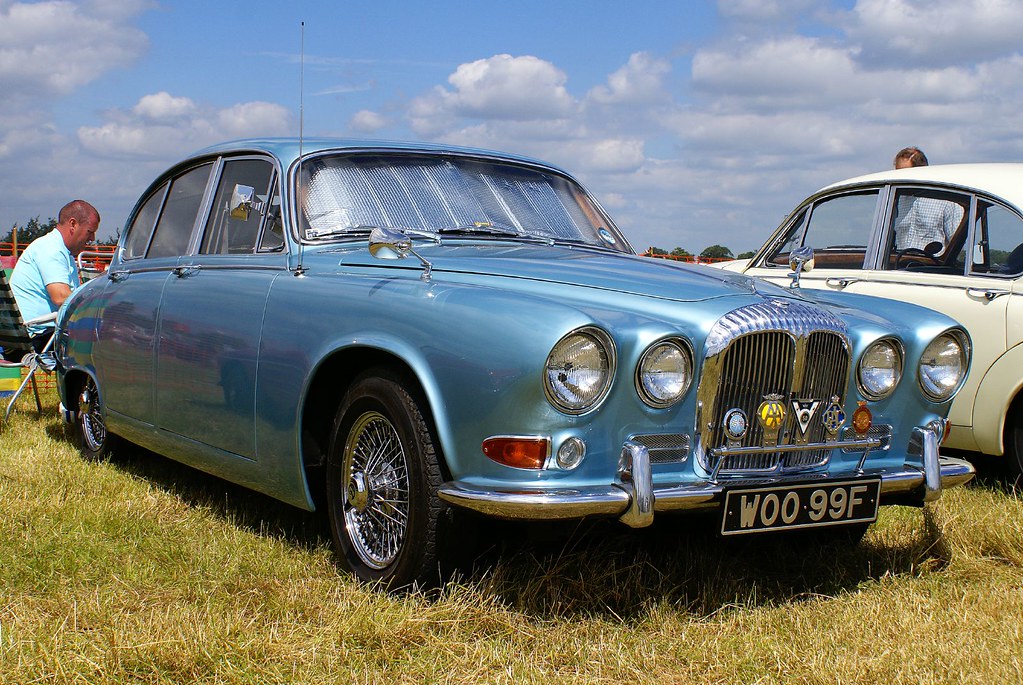
In today’s digital world, the quest for that perfect, elusive part for your beloved classic car has never been more achievable. The vast expanse of online resources opens up incredible possibilities, offering access to components that might have been discontinued decades ago, scattered across the globe. Yet, this digital frontier, while exciting, also presents its own set of challenges and potential pitfalls.
Navigating the myriad of online options can indeed be daunting. The risk of encountering scams, falling victim to misleading descriptions, or investing in low-quality items is a real concern for any classic car enthusiast. Our mission in this comprehensive guide is to equip you with the essential knowledge and actionable strategies to confidently and safely acquire classic car parts online, ensuring your cherished vehicle gets exactly what it needs without unnecessary headaches.
By familiarizing yourself with the nuances of the online marketplace and understanding the specific requirements of your vehicle, you can significantly minimize potential issues. This proactive approach will not only enhance your online buying experience but also provide invaluable peace of mind as you source the authentic components necessary to keep your classic in pristine, road-ready condition. Let’s dive into the core principles that will guide you to successful and secure online purchases.
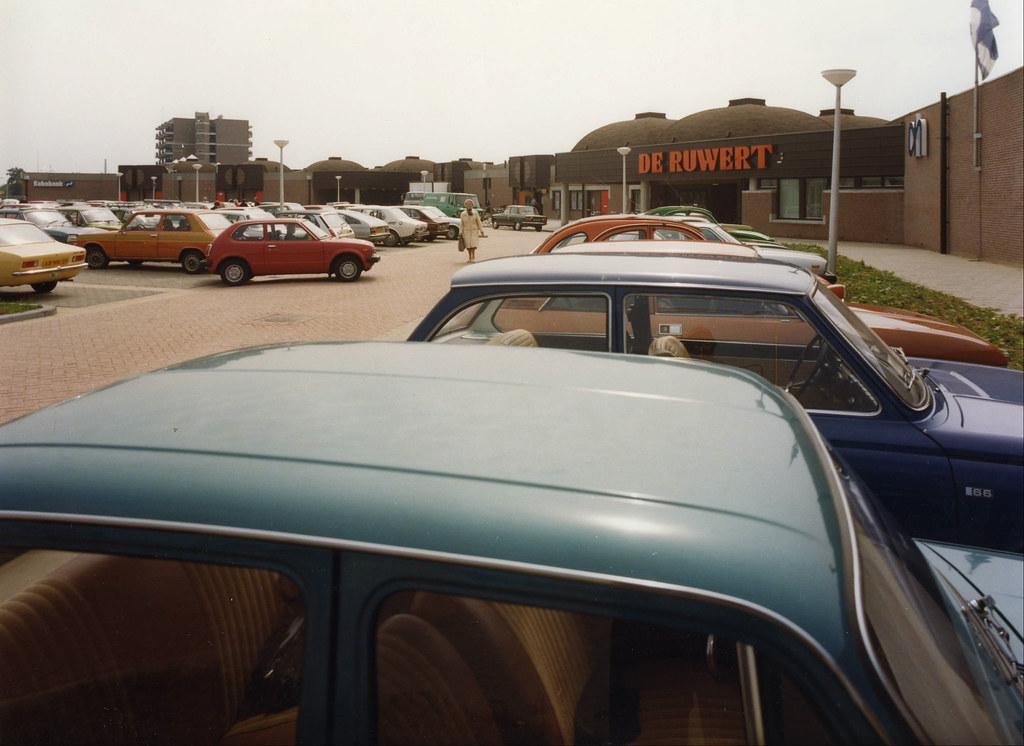
1. **Research Reliable Sellers & Platforms**The very first rule of smart online classic car parts purchasing is to slow down and conduct thorough research. It’s natural to feel that rush of excitement when you stumble upon what seems like the perfect, rare component you’ve been tirelessly searching for. However, hitting that ‘buy now’ button too quickly is a common misstep that scammers frequently capitalize on.
Your initial step should always be to identify reputable online retailers or marketplaces that specialize in classic car parts. Look for customer reviews and ratings on platforms like Trustpilot or Google Reviews to gauge their credibility. Positive feedback, particularly concerning classic car parts transactions, is a strong indicator of a retailer’s reliability and commitment to customer satisfaction. Delve deeper into the seller’s history, especially on auction sites like eBay. You’d be surprised how many new sellers appear just to conduct a few questionable transactions before vanishing.
A reputable seller should have a clear track record of selling vintage car parts, not just unrelated items. Look for consistency in their sales history and ensure they are transparent about their business credentials, including their location and contact information. Cross-checking part numbers against official parts diagrams or dedicated forums for your car model is also paramount. Many online communities consist of seasoned restorers who can offer invaluable advice on trustworthy sellers and those to avoid. Genuine sellers, like beelinesautomotive.com mentioned in the context, understand that buyers need proof and clarity.
Read more about: Unlock Your Smartphone’s Earning Potential: 15 Lucrative Side Hustles You Can Start Today
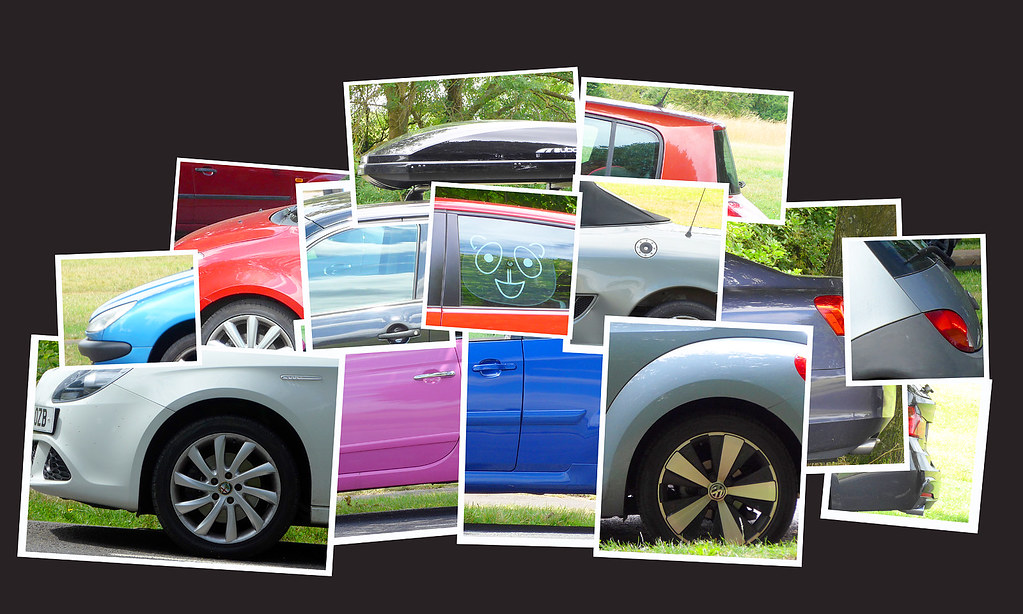
2. **Verify Part Authenticity & Condition with Photos**In the world of online classic car parts, photos are everything, and they truly tell the truth about a part’s authenticity and condition. When purchasing, it is critical to ensure the seller provides detailed descriptions and, most importantly, high-resolution photographs of the parts. These visuals are your primary tool for verifying that the parts are original or, if reproductions, that they are of high quality, helping you steer clear of counterfeit issues.
Examine the photos meticulously for any signs of wear, rust, or damage. Authentic parts often bear specific markings or serial numbers, so it’s wise to familiarize yourself with these details for your particular vehicle’s components before you even start shopping. If the images aren’t clear enough, or if you have any lingering doubts, do not hesitate to request additional information or more detailed photos from the seller. Direct communication can often reveal crucial insights into the part’s history and legitimacy.
Be cautious of photos that appear ‘too perfect,’ overly crisp, or professionally polished. While some large retailers may use studio shots, many legitimate sellers, often working out of a garage, provide photos with a more authentic, less pristine look—a few oil stains or a bit of dust can actually make a part seem more believable. Look for consistency in the background and lighting across multiple images; random-looking images suggest they might be pulled from different sources. Remember, a 40-year-old part is not supposed to look brand new unless it has been explicitly and clearly rebuilt, a fact the seller should always disclose.
Read more about: Keep Your Ride Running: The Top 12 Reliable Used Car Part Brands for DIY Enthusiasts
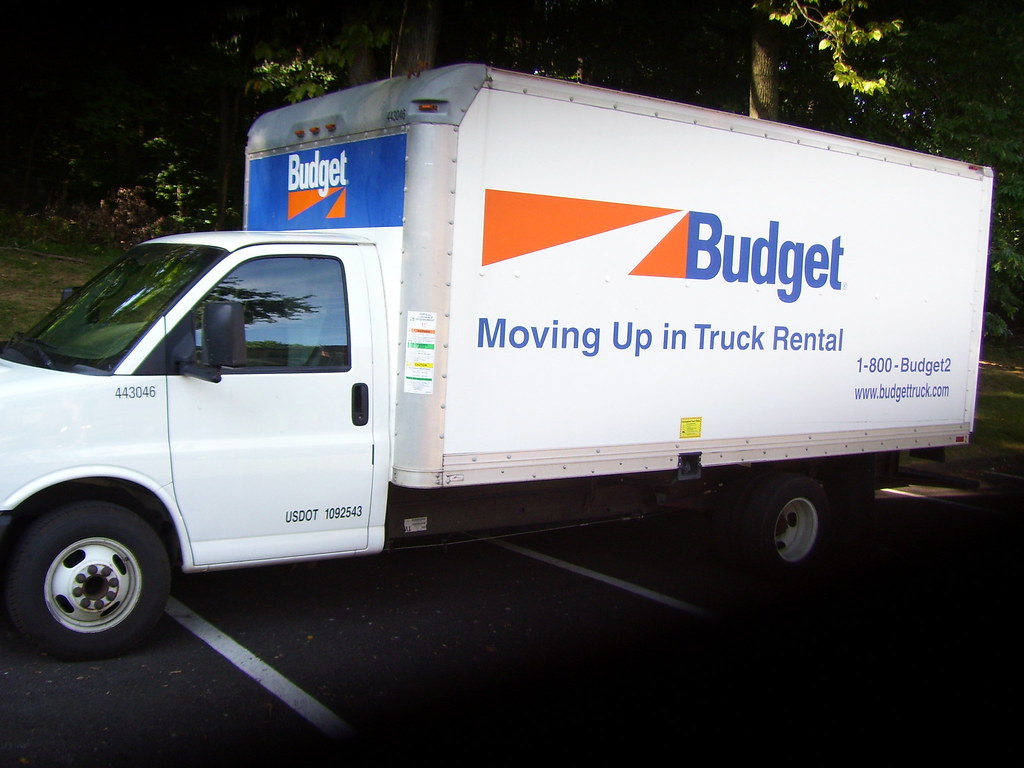
3. **Understand Return Policies & Shipping Costs**Before you finalize any purchase of classic car parts online, it is absolutely essential to thoroughly understand the seller’s return policy and the associated shipping costs. These guidelines can profoundly impact your overall purchasing experience and can be a significant indicator of a seller’s confidence in their products. A clear and reasonable return policy allows you to return parts that simply do not meet your expectations or specifications, providing a crucial safety net for online transactions where you cannot physically inspect the item beforehand.
Be wary of retailers with overly strict, unclear, or non-existent return conditions. Few classic car parts retailers allow item returns, so ensure you know the specifics: the exact timeframe for returns, the conditions under which a return is accepted, and, crucially, who is responsible for bearing the return shipping costs. It is also a common practice in the automotive parts industry for sellers to charge a restocking fee, so always clarify if such a fee applies to your potential purchase.
Beyond returns, shipping costs can dramatically inflate the overall price of a part. Always check if the seller offers free shipping or if there are additional charges. Many online retailers provide various shipping options, including express delivery at an extra cost. Familiarize yourself with estimated delivery times, as some parts might ship directly from a manufacturer, potentially leading to delays. Keeping detailed records of your transaction, including receipts and tracking numbers, is vital for managing expectations and resolving any issues, be it a return or a delayed shipment.
Read more about: The ’70s Riddle: Unpacking 14 Global Disruptions That Halted Imports at Ports of Entry
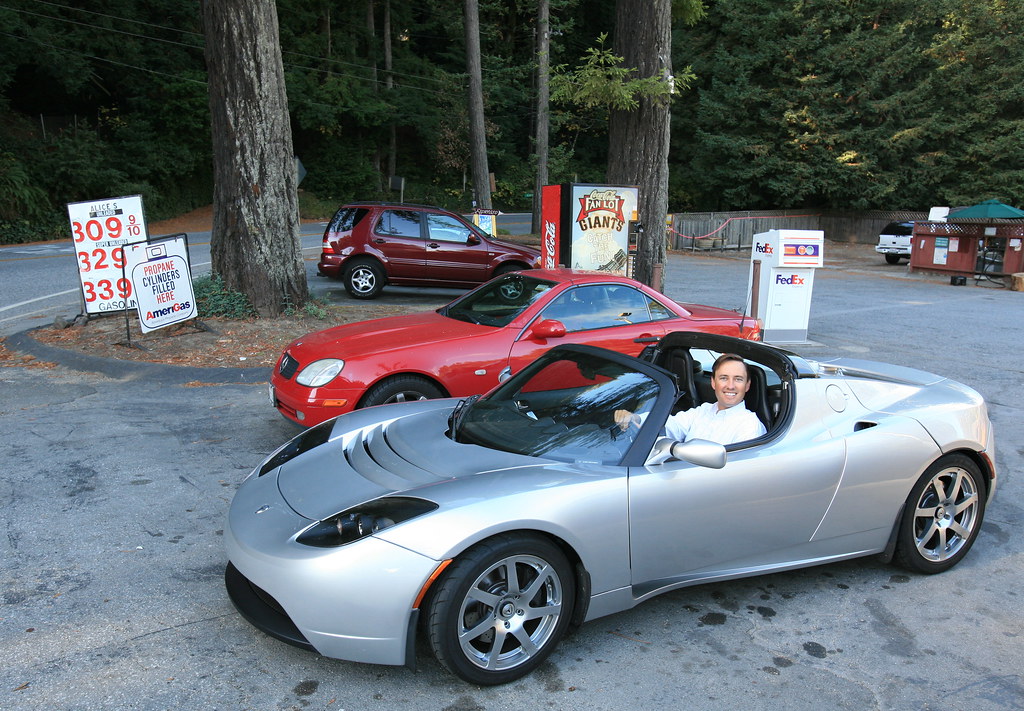
4. **Compare Prices, but Don’t Rely Solely on Price**While comparing prices is a fundamental step in smart online shopping, it’s crucial not to let price be your sole determinant when buying classic car parts. Taking the time to compare prices across various online platforms—such as specialty forums, Craigslist, eBay, Facebook groups, and dedicated online websites like beelinesautomotive.com—helps you identify reasonable rates and spot any inflated pricing that might indicate an opportunistic seller. This comprehensive research helps establish a realistic market value for the part you need.
However, a higher price does not automatically equate to authenticity, nor does a lower price always mean a scam. Some unscrupulous sellers intentionally price rare parts at a ‘premium’ to lend an air of legitimacy, banking on the assumption that a higher cost implies better quality or authenticity. Conversely, a price that seems ‘too good to be true’ often is, signaling a potential fake or a severely compromised part. Always be suspicious if a price falls drastically outside the established range you’ve determined through your research.
For critical components like used engines, pricing research becomes even more paramount. The value of an engine can vary wildly based on factors such as mileage, compression test results, and its rebuild history. Always insist on compression test results or, ideally, a short video of the engine running before making a purchase. A seller who refuses such a reasonable request is a significant red flag, and it’s best to walk away. Furthermore, for parts sourced from salvage yards, remember that most prices are negotiable; haggle respectfully and be prepared to walk away if a fair agreement cannot be reached.
Read more about: 15 Essential Questions to Unmask Shady Used Car Dealers and Save Thousands in Minutes
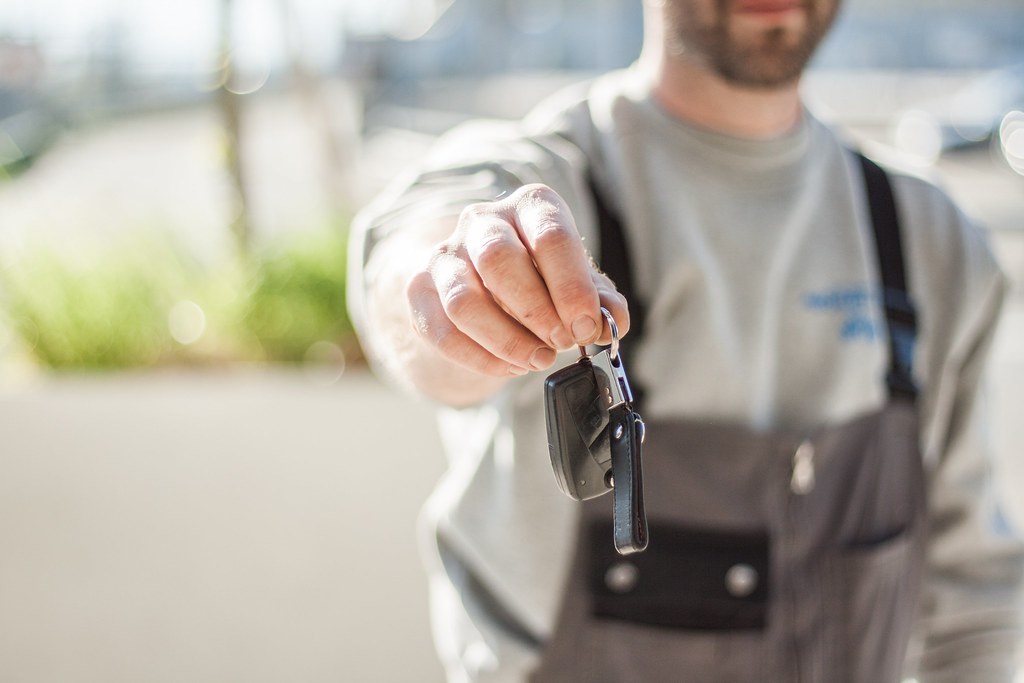
5. **Prioritize Secure Payment Methods**When making any online purchase, especially for classic car parts that can be quite expensive, prioritizing secure payment methods is not just a recommendation—it’s a critical safeguard against fraud and financial loss. The convenience of digital transactions should never come at the expense of your financial security. Always opt for payment methods that offer robust buyer protection, such as credit cards or PayPal. These platforms often have established mechanisms in place to help you recover funds in case of a dispute, a fraudulent transaction, or if the item you receive is not as described.
Conversely, it is imperative to avoid less secure payment methods. Direct money transfers, wire transfers, or cash payments, while seemingly straightforward, offer virtually no buyer protection. Once the money is sent through these channels, it is extremely difficult, if not impossible, to retrieve it if something goes wrong. Scammers frequently push for these payment types precisely because they leave the buyer vulnerable and unprotected.
Furthermore, always ensure that the website you are transacting on uses SSL encryption, which you can identify by the padlock icon in the URL bar and the ‘https://’ prefix. This encryption helps protect your personal and payment information from being intercepted by malicious parties. Never share your credit card details or other sensitive payment information via email, as email is not a secure channel for such data. Reputable retailers prioritize secure payment options and take data protection seriously, making these features a hallmark of trustworthy online platforms.
Read more about: 11 Essential Strategies for Small Businesses to Fortify Defenses Against Major Cyberattacks
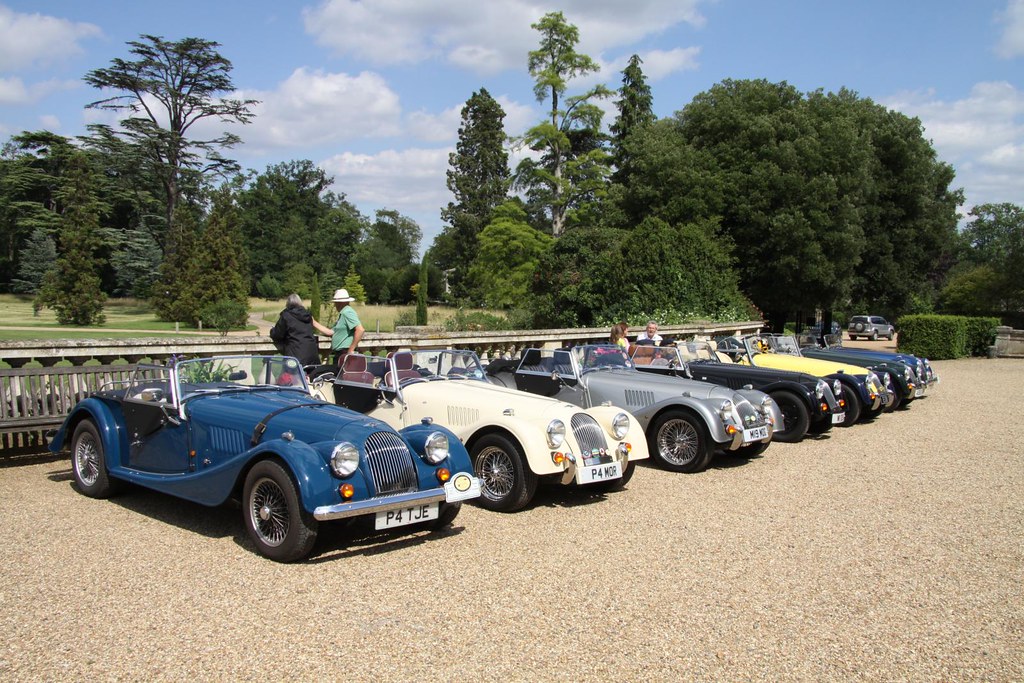
6. **Join Online Communities & Consult Professionals**Leveraging the collective knowledge and experience of the classic car community can be one of your most powerful tools when sourcing parts online. Engaging with classic car enthusiast forums, social media groups, and local car clubs provides a rich network of fellow enthusiasts who are often eager to share valuable recommendations and personal experiences regarding reliable sources for parts. These communities frequently have members who have been restoring vehicles for decades and can offer insights into which sellers to trust and which ones to steer clear of.
Online forums such as The H.A.M.B., ClassicOldsmobile.com, and VW Vortex, among countless others, connect you with a global network of classic car aficionados. Here, you can find model-specific advice, part recommendations, and often, parts directly for sale from other collectors. Locally, car clubs are excellent for finding spare parts, trading components, and getting advice. Members often have private stashes of parts or know the hidden local gems, offering invaluable word-of-mouth recommendations that online reviews might miss.
Beyond enthusiasts, never hesitate to consult with a professional. If you are uncertain about the exact part you need, its specifications, or the authenticity of a potential purchase, a mechanic or restoration expert specializing in classic cars can be an indispensable resource. They can help determine the correct specifications, verify a part’s legitimacy, and guide you toward trustworthy suppliers. Building relationships with knowledgeable shop owners and becoming a loyal customer can even open doors to rare, off-market components and insider deals, greatly enhancing your chances of success in your classic car restoration journey.
Now, let’s venture beyond the initial online safeguards and explore deeper sourcing strategies, authenticity checks, and how to effectively build your classic car parts arsenal for long-term success. The quest for that perfect vintage component often requires a multi-pronged approach, combining digital savviness with old-school detective work and community engagement. By broadening your horizons beyond just online marketplaces, you can unlock a treasure trove of rare finds and invaluable connections.
Read more about: 12 Actionable Psychological Habits for Building Unshakeable Resilience: Insights from the Science of Mind and Behavior
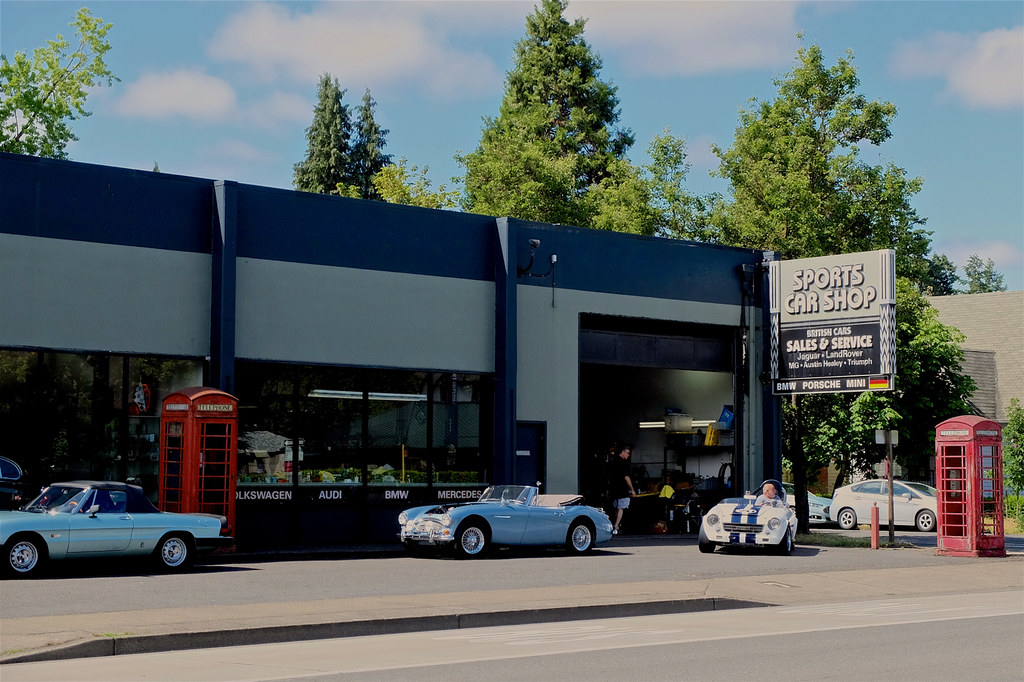
7. **Explore Specialty Shops & Salvage Yards**While the internet offers convenience, many unique and genuine classic car parts are still hidden in physical locations. Specialty shops, often unassuming, can be veritable goldmines for specific makes and models. Start your local search by attending car shows or meet-ups, as fellow enthusiasts often know the best spots. Online directories and regional automotive forums can also help uncover these establishments, especially since many smaller shops might not have a strong online presence, making word-of-mouth recommendations invaluable.
Before making a purchase, thoroughly research a shop’s reputation. Look for customer reviews on platforms like Google or Yelp and seek testimonials in local car groups. Signs of expertise, like knowledgeable staff or certifications, indicate a trustworthy operation. A shop that offers guarantees, warranties, or clear return policies also demonstrates confidence in their products and commitment to customer satisfaction. Understanding what each specialty shop offers is key, as their focus can vary; some concentrate on American muscle, others on European classics.
Beyond specialized stores, salvage yards remain indispensable for hard-to-find vintage parts. These vast repositories can hold unexpected treasures for the persistent classic car restorer. Locate them using Google Maps or local business directories with keywords like “auto salvage yard” or “junkyard vintage cars.” Smaller, family-run yards frequently house unique finds not cataloged elsewhere, making them prime targets for a dedicated search. Bring your tools, inspect parts thoroughly for rust or damage, and cross-reference numbers. Most salvage yard prices are negotiable; haggle respectfully and be prepared to walk away if a fair agreement isn’t reached.
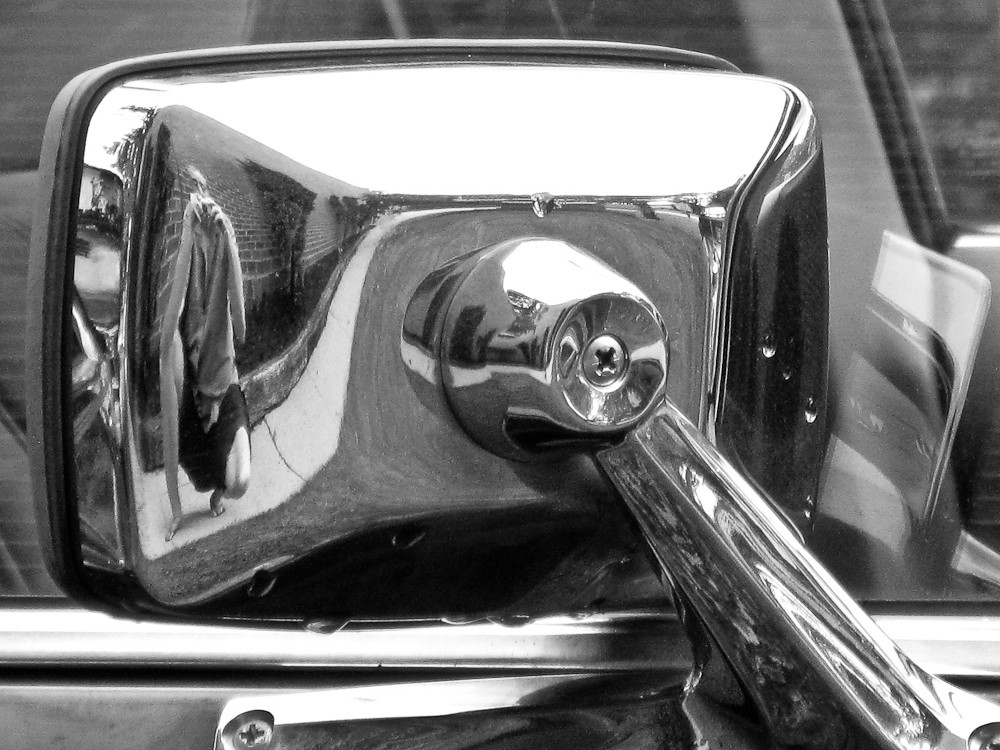
8. **Understand OEM vs. Reproduction Parts**Navigating classic car parts also demands understanding the differences between OEM (Original Equipment Manufacturer) and reproduction parts. OEM parts are made by the same company that produced your car’s original components. They meet exact factory specifications, ensuring perfect compatibility, reliable performance, and often come with manufacturer warranty protection. For absolute originality and period correctness, OEM parts are the gold standard, preserving the vehicle’s heritage and value.
However, new OEM parts for vintage cars are increasingly scarce, making them a significant challenge to find. Authorized dealerships or vintage auto parts specialists might have dwindling stock, but their rarity often means higher prices. Always verify part numbers against official service manuals to avoid knockoffs. The scarcity and meticulous verification required mean OEM parts often command a premium, making them a choice for purists.
Reproduction parts, conversely, are newly manufactured to replicate original specifications. While not original equipment, modern manufacturing allows for high-quality alternatives when OEM parts are unavailable or too costly. These fill a crucial gap, enabling restorations to proceed. The key is choosing reputable manufacturers; research reviews in vintage car forums, stick to well-known brands, and seek recommendations from trusted club members or mechanics. High-quality reproductions ensure consistent quality and fit, allowing your classic to perform reliably.
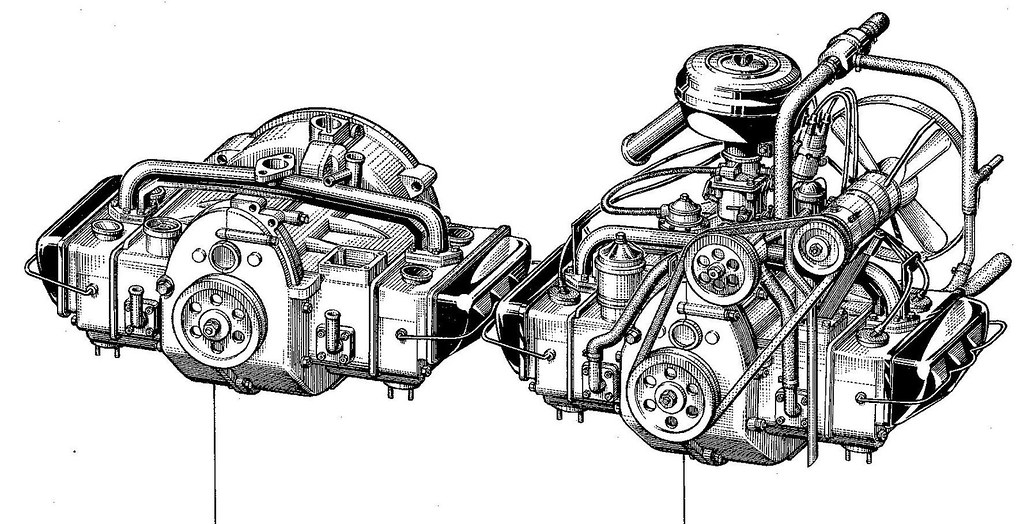
9. **Assess Part Compatibility**Even the most authentic part is useless if it doesn’t fit your specific vehicle, making diligent part compatibility assessment non-negotiable. The vintage automotive world has subtle variations between model years and trim levels, meaning similar-looking parts can differ significantly. Meticulous verification prevents frustrating installation issues, potential vehicle damage, and wasted time on incompatible components.
Your primary tool for compatibility is the part number. Always double-check part numbers against your vehicle’s specific specifications using official service manuals, factory parts diagrams, or dedicated databases. These resources provide the definitive guide to originally fitted components. If you have the old part, a side-by-side comparison is invaluable for visually matching mounting points, dimensions, and other critical features.
When uncertain, professional consultation is a wise investment. A mechanic or restoration expert specializing in classic cars can be an indispensable resource. They possess deep knowledge of intricate vehicle specifics, saving you from costly mistakes. Bringing the old part as a reference or consulting an expert before purchase ensures a proper match, preventing the headache of receiving a part that simply won’t work with your beloved classic.
Read more about: Keep Your Ride Running: The Top 12 Reliable Used Car Part Brands for DIY Enthusiasts
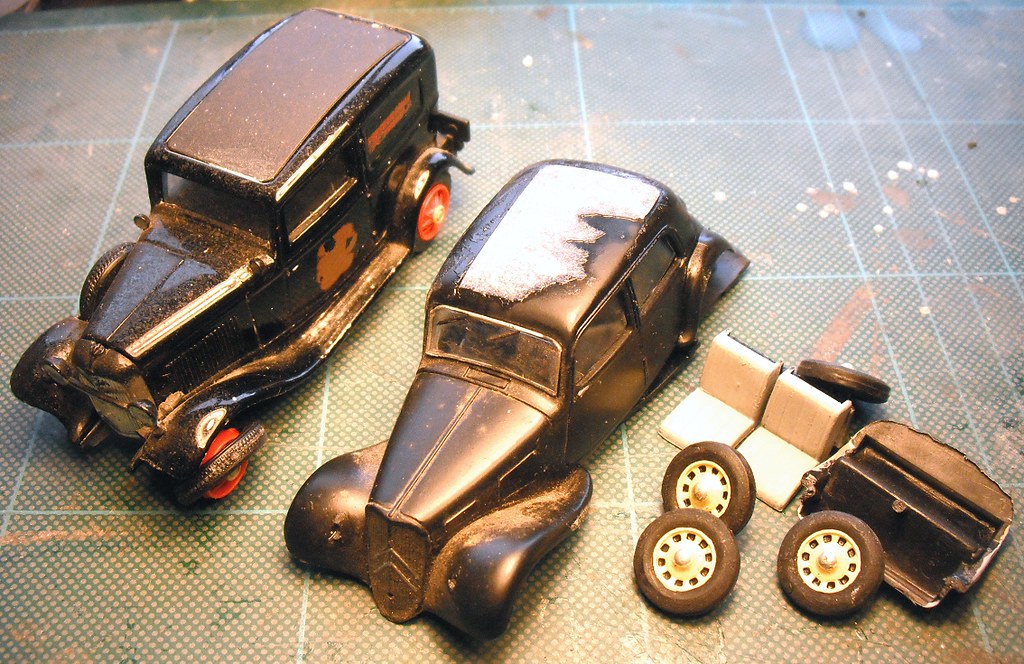
10. **Build a Strong Parts Network**Cultivating a robust network within the classic car community is one of the most powerful and rewarding strategies for sourcing parts. This isn’t just about finding a single component; it’s about building long-term relationships that provide ongoing access to rare components, expert advice, and collective wisdom. The vintage car community thrives on shared passion, opening doors to opportunities unavailable through isolated online searches.
Start by forming relationships with trusted suppliers. Being a loyal customer can grant you early access to rare parts, better pricing, and personalized advice on hard-to-find items. These suppliers, whether online or local, often encounter unique inventory and might offer you first dibs if they know your needs. Maintaining strong, respectful relationships can mean insider deals and personalized support, greatly enhancing your restoration journey.
Leverage social media and online communities effectively. Platforms like Facebook Marketplace, Instagram vintage car groups, or Reddit’s r/classiccars are excellent for networking and sourcing parts directly from other collectors. These vibrant hubs facilitate trading, sharing leads, and offering advice. Online forums such as The H.A.M.B. and VW Vortex connect you with a global network, offering model-specific advice and often parts for sale from other aficionados. Local car clubs are equally indispensable for connecting with enthusiasts. Members often have spare parts for sale or trade, and are happy to share tips and referrals. Attending swap meets and car shows are literal goldmines for rare parts, allowing direct connections with sellers and fellow enthusiasts.
Read more about: Mastering the Nuances: A Business Insider’s Guide to Differentiating ‘Worse’ and ‘Worst’ for Precision Communication
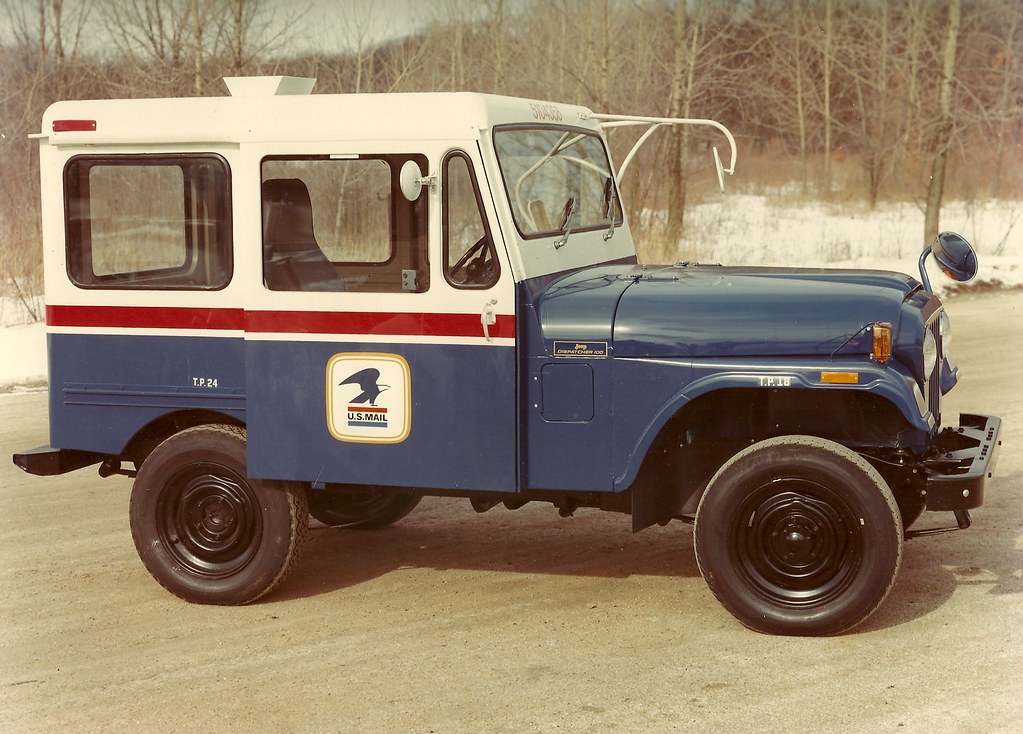
11. **Always Trust Your Gut & Stay Vigilant**In the unpredictable world of online classic car parts, trusting your gut and remaining vigilant are paramount. While practical safeguards are essential, your intuition often acts as the ultimate alarm system against potential scams or problematic transactions. If something feels off—a seller is overly pushy, pictures seem suspicious, or they’re unwilling to use a secure payment method—it’s crucial not to ignore that internal warning.
The search for a specific vintage part can be emotionally charged, making buyers susceptible to overlooking red flags. Scammers exploit this urgency and passion through fraudulent listings, phishing, and fake documentation. Understanding these common scams and actively staying vigilant against them is your first line of defense. Discern genuine intent from deception by paying close attention to inconsistencies or unusual behavior during communication.
Vigilance applies to every step. Be wary of sellers offering generic replies to specific questions. Reputable sellers, like beelinesautomotive.com, understand buyers need proof and clarity, and will be transparent. If a seller refuses reasonable requests, such as a compression test video or detailed photos, these are red flags prompting you to walk away. Patience is a virtue; rushing a deal often leads to regret. Protecting your investment means being deliberate and cautious.
Read more about: Unearthing Cinematic Treasures: 11 Must-See Hidden Gem Movies You Absolutely Can’t Miss!
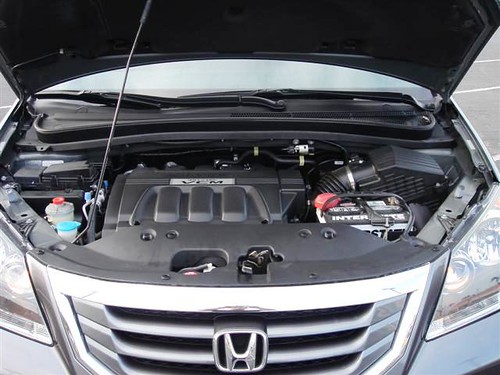
12. **Request Detailed Information & Documentation**For significant or high-value classic car components, requesting detailed information and comprehensive documentation is paramount. This extends beyond initial photos and basic descriptions, aiming to build a complete picture of the part’s history, authenticity, and condition. Such diligence is a cornerstone of responsible restoration, providing an irrefutable record and mitigating risks from unseen online purchases.
For substantial parts, like used engines or complex assemblies, actively ask the seller for specific details. Inquire about maintenance records, previous usage history, and any modifications or repairs. While commonly discussed for full car purchases, this principle applies equally to parts. Knowing if a transmission was recently rebuilt or an engine has specific mileage drastically affects its value and suitability for your project.
Crucially, always insist on documentation that substantiates seller claims. This might include receipts for previous work, compression test results for an engine, or a short running video. A transparent seller confident in their product will provide such evidence. Conversely, a refusal to share documentation is a significant red flag, signaling potential issues with the part or the seller’s integrity. Maintaining your own meticulous records—correspondence, listing details, receipts, and tracking numbers—is also essential documentation. This information is vital for managing delivery expectations and resolving any disputes, serving as proof of purchase for your restoration log.
Conclusion
Read more about: Unlocking Your Creative Potential: The 12 Essential Free AI Tools Reshaping Content Creation in 2025
Sourcing authentic parts for your vintage car doesn’t have to be an overwhelming or anxiety-inducing task. With the right mix of savvy online research, hands-on physical hunting, active community involvement, and cultivated supplier relationships, you’ll be well-equipped to navigate the complexities of the classic car parts market. The journey demands persistence, a thirst for knowledge, and a commitment to networking, but above all, an unwavering passion for the ride itself. Every successful find, every perfectly fitted component, brings your cherished classic closer to its former glory, transforming it from a mere collection of parts into a living testament of automotive history. So, happy hunting, and may your vintage restoration be smooth, satisfying, and full of unforgettable discoveries.

